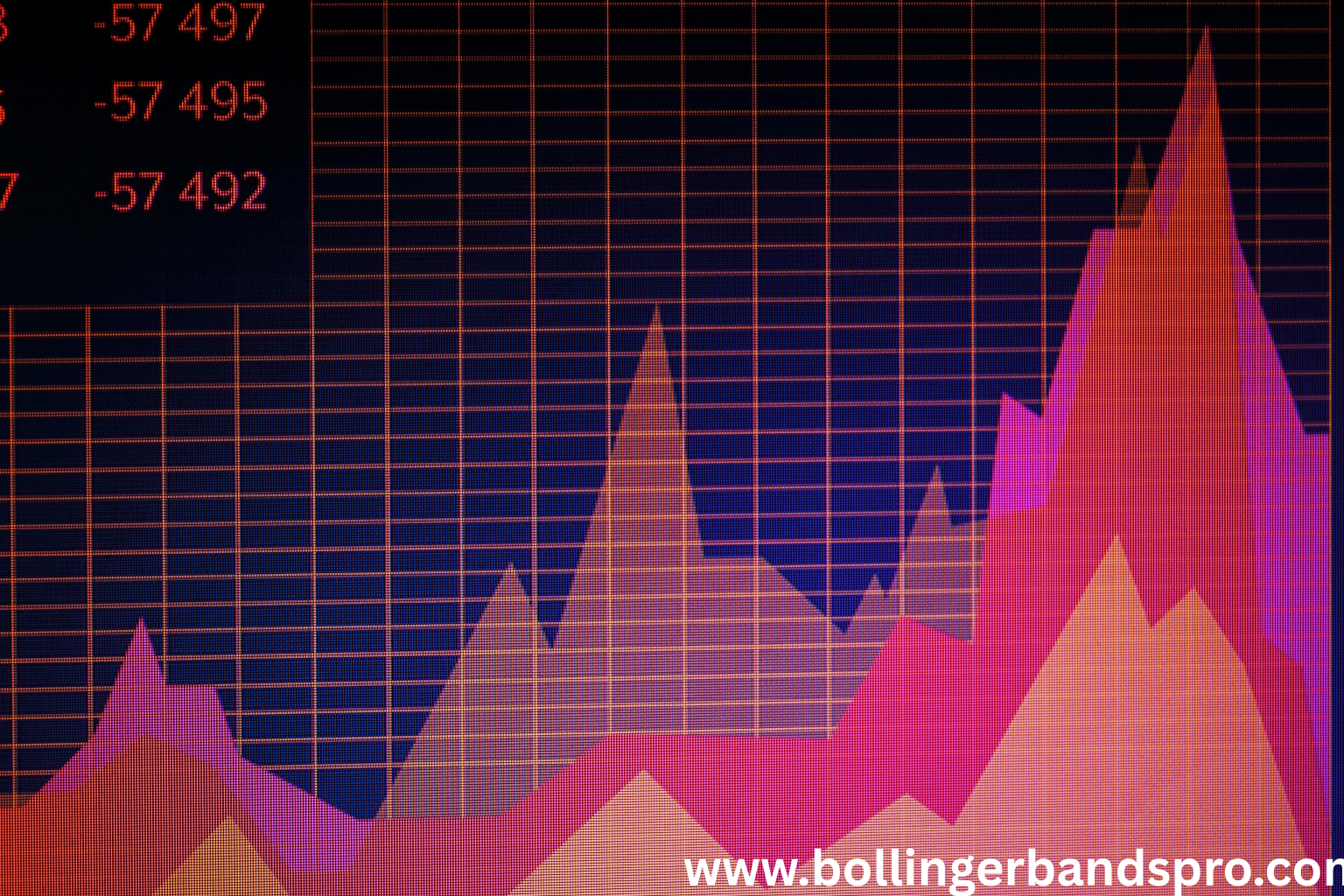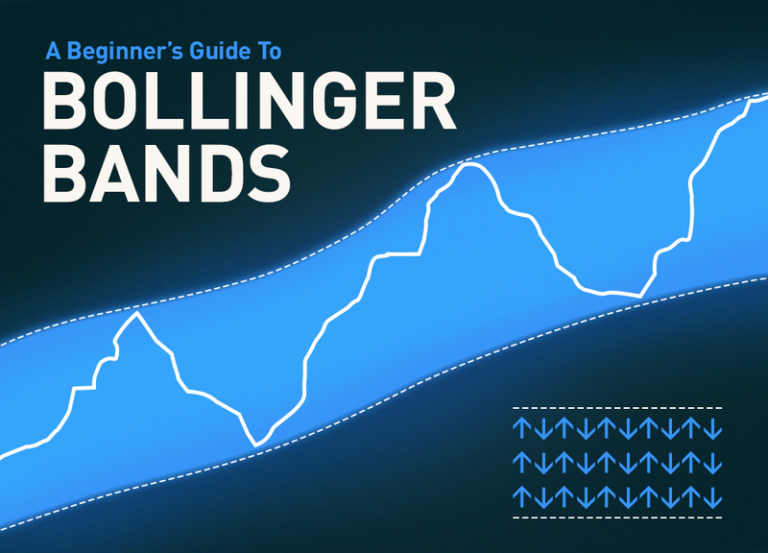Advanced Bollinger Band Techniques: %B and Bandwidth Explained
If you’re comfortable with standard Bollinger Bands, it’s time to go one step further. Two lesser-known but powerful tools—%B and BandWidth—can enhance your analysis and improve your timing.
Let’s explore what they are, how they work, and how to use them in real-world trading.
What Is %B (Percent B)?
%B is a normalized value that shows where the current price sits within the Bollinger Bands range.
Formula:
mathematicaCopyEdit%B = (Price - Lower Band) / (Upper Band - Lower Band)
Interpretation:
- %B = 1 → Price at upper band
- %B = 0 → Price at lower band
- %B > 1 or < 0 → Price outside the bands (potential extreme)
What Is BandWidth?
BandWidth measures the distance between the upper and lower Bollinger Bands relative to the middle band.
Formula:
mathematicaCopyEditBandWidth = (Upper Band - Lower Band) / Middle Band
Why it matters:
- High BandWidth = high volatility
- Low BandWidth = consolidation or squeeze
How to Use %B in Trading
- Look for overbought signals when %B > 0.9 and RSI is over 70
- Spot oversold areas when %B < 0.1 and RSI is under 30
- Use %B crossovers of 0.5 as trend shift clues
How to Use BandWidth
- Watch for BandWidth contractions to identify upcoming breakouts (squeeze)
- Compare BandWidth values over time—lower than recent lows = powerful setup
Combining %B and BandWidth
Use together for high-accuracy setups:
- Low BandWidth + %B breakout = high-probability breakout trade
- Wide BandWidth + %B reversal = end of a move or trend exhaustion
Platform Support
| Indicator | Supported On |
|---|---|
| %B | TradingView, ThinkorSwim, MetaTrader (custom) |
| BandWidth | TradingView, NinjaTrader, StockCharts |
✅ FAQs
Q1: What does %B tell me?
It shows how close price is to the upper or lower Bollinger Band, normalized between 0 and 1.
Q2: Is BandWidth the same as volatility?
It’s a measure of volatility based on band width. The wider the bands, the more volatile the market.
Q3: Are %B and BandWidth part of standard indicators?
Some platforms include them by default; others require custom scripts.
Q4: Can I use these in crypto and forex?
Yes. They work well across all asset classes—especially for identifying squeezes and breakouts.
Q5: Do I need both %B and BandWidth?
They’re most powerful when used together: %B tells position, BandWidth tells volatility context.







